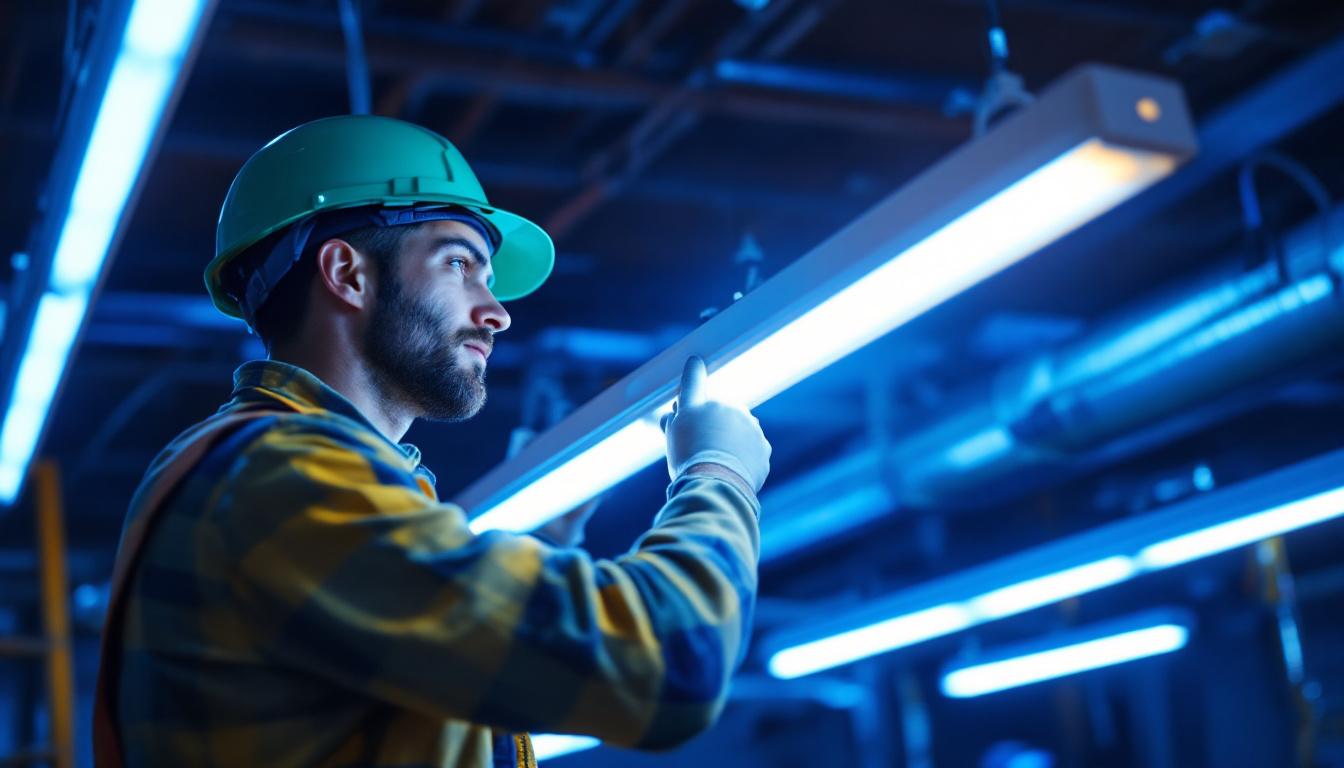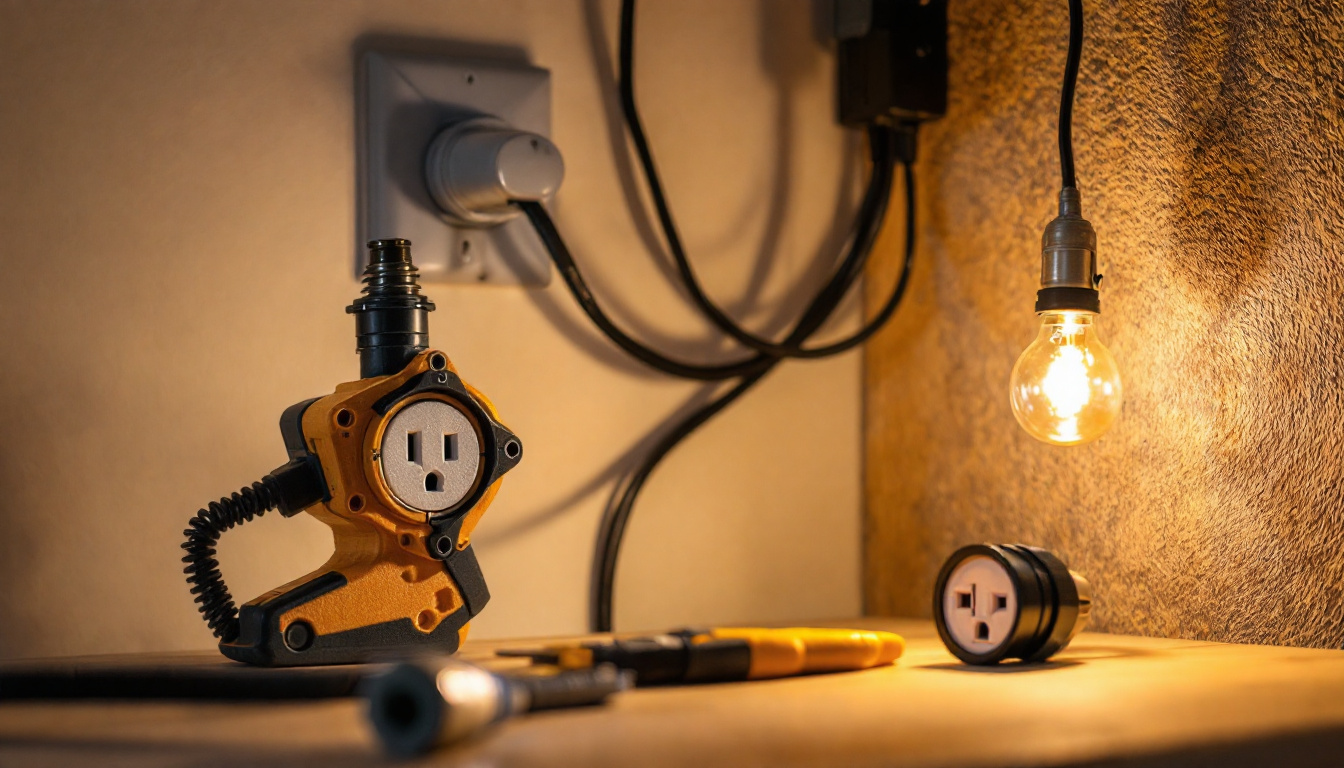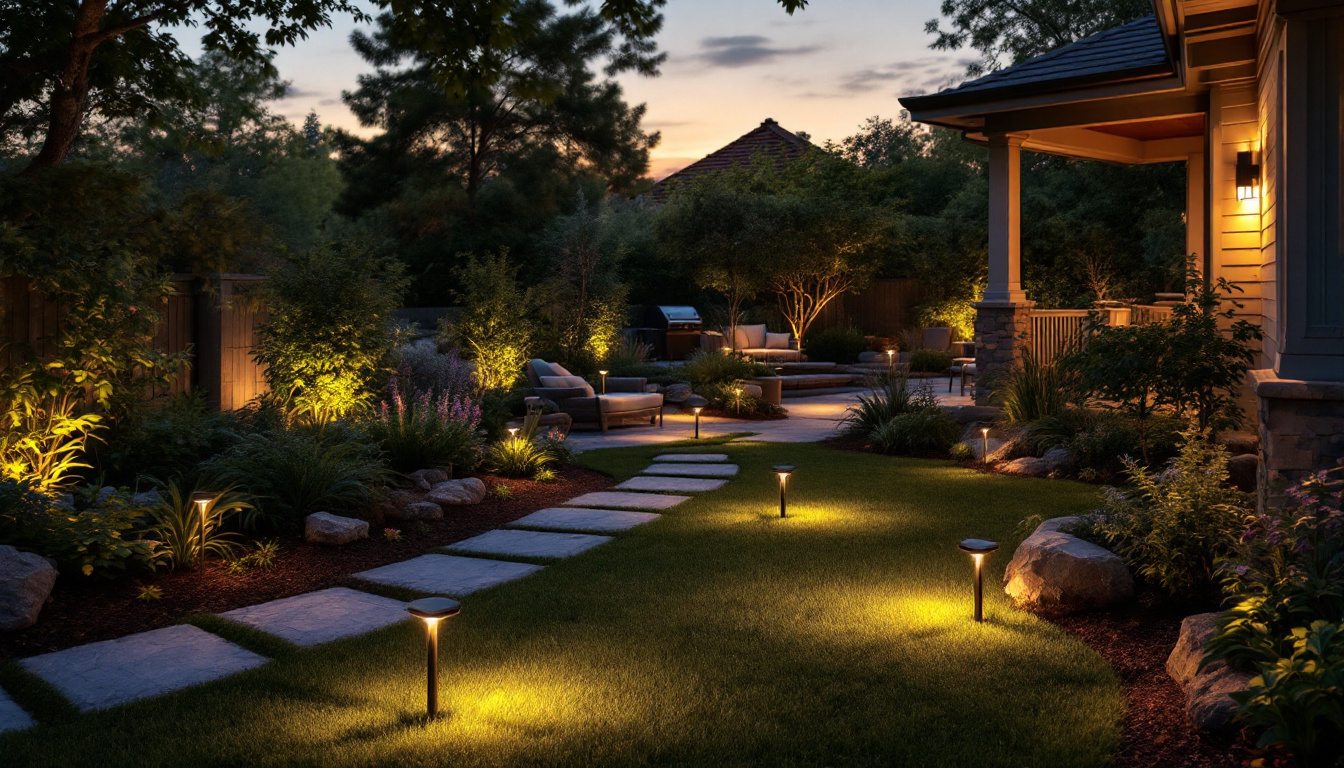
In the realm of outdoor lighting, light poles serve as essential components that not only illuminate spaces but also enhance the aesthetic appeal of environments. For lighting contractors, understanding the various types, applications, and installation techniques of outside light poles is crucial for delivering high-quality results to clients. This guide aims to provide comprehensive insights into outside light poles, equipping contractors with the knowledge needed to excel in their projects.
Outside light poles are vertical structures designed to support lighting fixtures, providing illumination for outdoor spaces such as streets, parks, parking lots, and residential areas. These poles come in various designs and materials, each tailored to specific applications and environmental conditions. The choice of light pole can significantly influence not only the aesthetic appeal of an area but also its safety and functionality, making it an essential consideration for urban planners and architects alike.
When selecting light poles for a project, contractors must consider the various types available. Common types include:
Each type of pole has its unique advantages and disadvantages, which should be carefully considered based on the project requirements. For instance, while steel poles may be more robust, their weight can complicate installation, whereas aluminum poles, while easier to handle, may not provide the same level of strength in high-wind areas. Understanding these nuances is crucial for ensuring the longevity and effectiveness of the lighting solution.
Light poles find their applications in various settings, each requiring specific considerations for design and installation. Common applications include:
Understanding the intended application helps contractors choose the right pole and lighting fixture combination for optimal performance. Additionally, factors such as light distribution, energy efficiency, and maintenance requirements should also be evaluated. For instance, LED fixtures are increasingly popular due to their longevity and lower energy consumption, making them an eco-friendly choice for modern lighting solutions. As cities continue to evolve and expand, the integration of smart lighting technologies into these poles is becoming more prevalent, allowing for adaptive lighting that can respond to real-time conditions, further enhancing safety and efficiency in public spaces.
Selecting the appropriate light pole involves evaluating several factors that influence both functionality and aesthetics. Contractors must consider the following key elements:
The height and size of a light pole significantly impact the distribution of light. Taller poles are typically required for street lighting to ensure adequate illumination over a larger area, while shorter poles may suffice for walkways or residential settings. It’s essential to calculate the necessary height based on the specific lighting requirements and the surrounding environment. Additionally, the spacing between poles plays a crucial role in achieving uniform light distribution. Proper spacing can reduce shadows and dark spots, enhancing safety and visibility in public areas.
The material of the light pole not only affects its durability but also its appearance. Steel poles may be galvanized or painted, while aluminum poles can be anodized or powder-coated. Contractors should consider the local climate and environmental conditions when selecting materials to ensure longevity and minimal maintenance. For instance, coastal areas may require poles with corrosion-resistant finishes to withstand salty air, while regions prone to heavy snowfall might benefit from sturdier designs that can bear additional weight. Furthermore, the aesthetic finish can complement the surrounding architecture, contributing to the overall design theme of the area.
Different lighting fixtures have varying mounting requirements and power needs. Contractors must ensure that the chosen light pole can accommodate the selected fixtures, including considerations for weight, electrical connections, and beam angles. Compatibility is crucial for achieving the desired lighting effect and ensuring safety. Moreover, the integration of smart lighting technology is becoming increasingly popular, allowing for features such as dimming, motion sensing, and remote control. When selecting light poles, it is essential to consider future-proofing options that can accommodate these advanced lighting systems, ensuring adaptability to evolving technology and energy efficiency standards.
Proper installation of outside light poles is vital for performance and safety. Following best practices can help contractors avoid common pitfalls and ensure a successful project.
Before installation, a thorough site assessment is essential. This includes evaluating the terrain, existing infrastructure, and potential obstacles that may affect pole placement. Understanding the site conditions helps in determining the optimal locations for light poles, ensuring effective illumination and minimizing interference. Additionally, contractors should consider the surrounding environment, such as nearby trees or buildings that may cast shadows or obstruct light distribution. Conducting a light level analysis can also provide insights into how different placements will affect visibility and safety at night, which is particularly important in high-traffic areas.
The foundation of a light pole is critical for its stability and longevity. Contractors should follow local building codes and guidelines when designing the foundation, considering factors such as soil type, pole height, and wind load. A well-constructed foundation will prevent leaning or tipping, ensuring the pole remains securely in place. Furthermore, it’s advisable to use concrete that is specifically formulated for outdoor use, as it can withstand various weather conditions and resist erosion over time. Regular inspections of the foundation can also help identify any signs of wear or instability, allowing for timely maintenance and repairs.
Ensuring proper electrical connections is vital for the functionality of the lighting system. Contractors should adhere to local electrical codes and regulations, ensuring that all wiring is safely installed and protected from the elements. Additionally, incorporating features such as timers or sensors can enhance energy efficiency and improve user experience. It’s also beneficial to consider the use of LED lighting, which not only reduces energy consumption but also has a longer lifespan compared to traditional bulbs. Moreover, implementing a smart lighting system can provide real-time monitoring and control, allowing for adjustments based on usage patterns and environmental conditions, ultimately leading to a more sustainable lighting solution.
Regular maintenance of outside light poles is crucial for ensuring their longevity and optimal performance. Contractors should educate clients on the importance of routine inspections and upkeep.
Conducting routine inspections allows for the early detection of potential issues, such as corrosion, loose fixtures, or damaged wiring. Contractors should recommend a schedule for inspections, particularly after severe weather events, to ensure that any damage is promptly addressed.
Keeping light poles clean is essential for maintaining their appearance and functionality. Dirt, debris, and environmental factors can affect the performance of lighting fixtures. Contractors should advise clients on appropriate cleaning methods and materials to avoid damaging the pole’s finish. Additionally, any repairs should be performed promptly to prevent further deterioration.
The outdoor lighting industry is continually evolving, with new technologies emerging to enhance efficiency and performance. Contractors should stay informed about the latest innovations to provide clients with cutting-edge solutions.
LED technology has revolutionized outdoor lighting, offering significant energy savings and longer lifespans compared to traditional bulbs. Contractors should consider incorporating LED fixtures into their designs, as they provide excellent illumination while reducing maintenance costs and energy consumption.
smart lighting systems allow for greater control over outdoor lighting, enabling features such as remote management, motion sensing, and adaptive brightness. These systems can enhance safety and security while providing convenience for users. Contractors should explore smart solutions that align with client needs and preferences.
Outside light poles play a crucial role in outdoor lighting design, serving both functional and aesthetic purposes. For lighting contractors, understanding the various types, applications, and installation techniques is essential for delivering high-quality results. By considering factors such as height, material, and compatibility, contractors can ensure that their projects meet client expectations and industry standards.
Moreover, staying informed about maintenance practices and emerging technologies will enable contractors to provide ongoing support and innovative solutions to their clients. Embracing these insights will not only enhance project outcomes but also solidify a contractor’s reputation in the competitive lighting industry.
Ready to elevate your lighting projects with the highest quality poles and fixtures? Look no further than LumenWholesale. Our spec-grade lighting products are designed to meet the needs of the most discerning contractors, offering superior performance without the premium price tag. With free shipping on bulk orders, you can trust that you’re getting the best value for your investment. Don’t let middleman markups dim your project’s potential. Choose LumenWholesale for a seamless blend of quality, affordability, and convenience. Discover our extensive selection and take advantage of unbeatable wholesale prices today by visiting Wholesale Lighting at the Best Value.

Discover the essential fluorescent light connection diagram to boost your lighting projects.

Explore the science of LED shop lights and discover how they revolutionize lighting solutions for contractors.

Discover how plug-in outlets are revolutionizing the lighting industry and impacting contractors’ profitability.

Discover the insider tips and expert advice from lighting contractors on transforming your yard with solar lights.